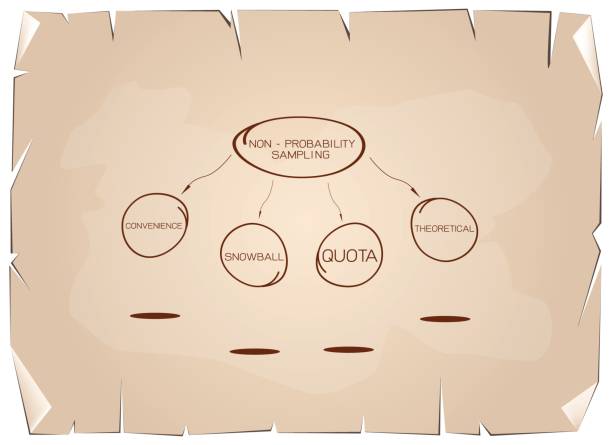Powerful Insights into Quota Sample

Quota Sample: An Overview
Quota sampling is a non-probability sampling method. Used predominantly in market research, it involves choosing participants based on specific characteristics, ensuring that they represent certain quotas of the broader population. The beauty of this technique lies in its ability to mirror the larger group’s diverse subgroups.
Historically, quota sampling found its origins in early 20th-century research. Researchers needed a method that could efficiently capture the essence of a population without the tediousness of probability methods.
Types of Quota Samples
Proportional Quota Sampling:
This method ensures that the sample represents the population in proportion. For instance, if 40% of a city’s population are millennials, the sample would mirror this ratio.
Non-Proportional Quota Sampling:
Here, the emphasis isn’t on mirroring the population’s proportion. It could be used when researchers are specifically looking at minority groups within a larger community.
Designing an Effective Quota Sample
Choosing the right strata is like selecting the best ingredients for a gourmet meal. The emphasis should be on groups with distinct characteristics that are relevant to the research.
The size of your sample plays a pivotal role too. It should be large enough to be representative, yet manageable.
Advantages of Quota Sampling
One of the star advantages is the precision and control it offers. Researchers can select specific strata, ensuring a balanced representation. Quota sampling cost-effective and unlike random sampling it allows for a more targeted research thus saving both time and money.
Limitations and Criticisms
No method is without its critics. The possibility for bias is the biggest drawback here, as researchers pick participants based off their judgements. There is also the issue of inaccurate representation, like in an instance where researchers select more participants than required from a particular strata.
Quota Sample in Modern Research
Today, quota sampling is a star player in market research. Companies, eager to understand consumer behavior, employ this method to gain deeper insights. It helps sociologists better understand the complex societal dynamics and makes waves in social studies.
Comparing Quota Sampling with Other Sampling Techniques
Against random sampling, quota sampling stands out for its precision. Even though random sampling offers less bias, quota sampling is more budget-friendly. Yet, the latter offers a more accurate representation of subgroups.
Practical Tips for Using Quota Samples
Ensure that your sample is diverse, representing the population’s rich tapestry. Moreover, steer clear of common pitfalls like over-representation.
Future of Quota Sampling
The quota sampling landscape is being remade thanks to technology, and tools now help in picking accurate samples from the population.
Moreover, there’s a noticeable shift to hybrid methods, combining the best of quota and other sampling techniques.
FAQs
– What’s the primary difference between quota and random sampling?
Quota sampling focuses on representing subgroups, whereas random sampling gives every member an equal chance of selection.
– How does quota sampling ensure cost-effectiveness?
By allowing targeted research, quota sampling ensures that resources aren’t wasted on irrelevant data.
– Can quota sampling be used in qualitative research?
Absolutely! It’s a flexible method, suitable for both qualitative and quantitative research.
– Is there a risk of bias in quota sampling?
Yes, since researchers select participants based on judgment, there’s potential for bias.
– How do technological advancements impact quota sampling?
Tech tools are making it easier to select accurate and representative samples, enhancing the method’s efficiency.
– Why is quota sampling popular in market research?
Its ability to provide a detailed breakdown of subgroups makes it invaluable for understanding consumer behavior.
– How can I ensure that my quota sample is truly representative?
Ensure diversity in your sample and avoid over-representation of certain strata.
Conclusion: The Last Word on Quota Sample
Quota sampling, with its unique blend of precision and representation, has cemented its place in modern research. This method has its limitation, but the benefits it offers is much more impressive. With technological evolution, the dynamics of the sampling method can continuously and surely evolve.
External Links/ Sources:
